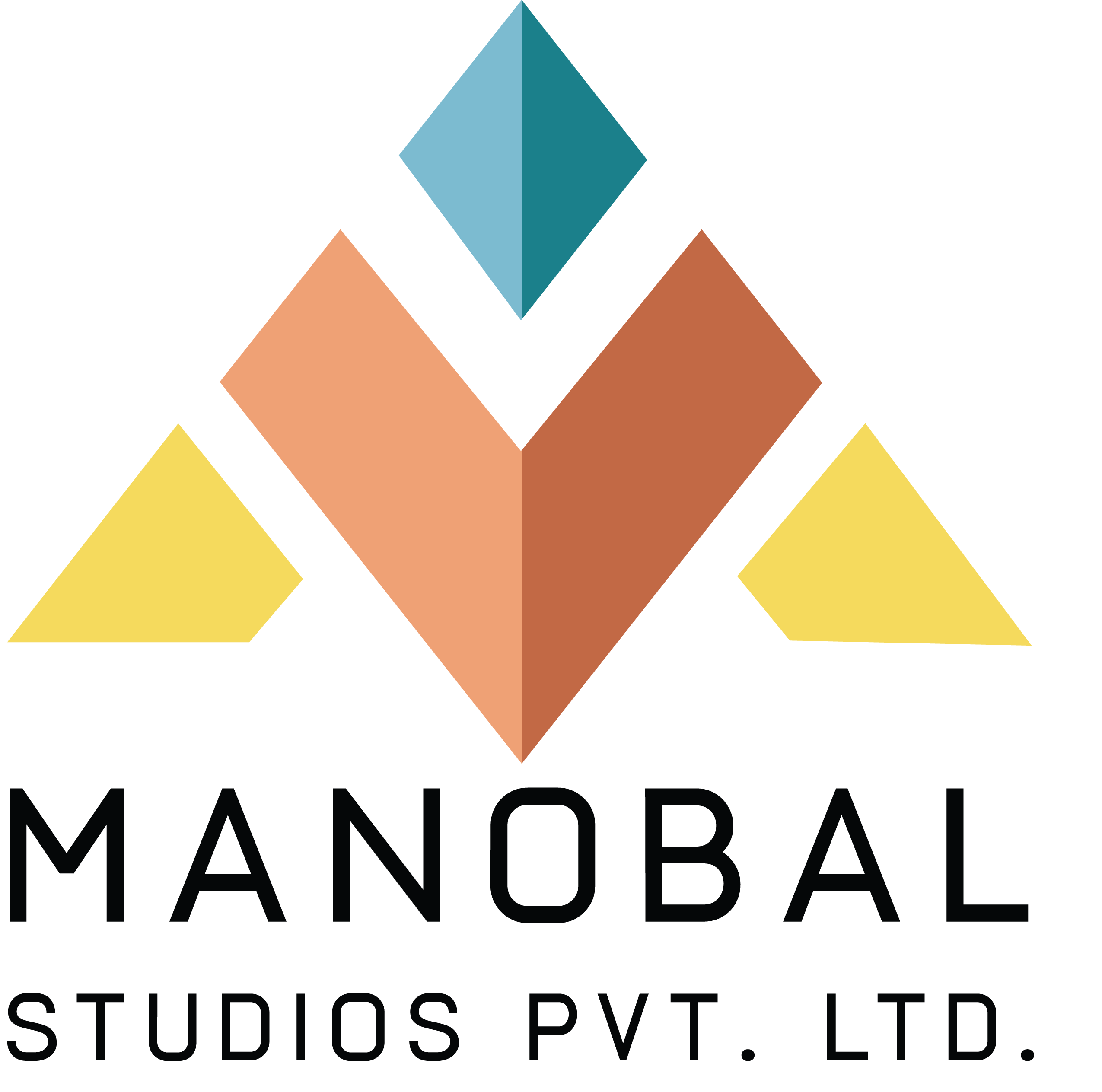7 Steps in Animation Production
Introduction:
Animation production is a captivating process that brings imagination to life. From beloved children’s cartoons to sophisticated visual effects in films, animation has become an integral part of entertainment. However, behind the scenes, there’s a complex series of steps that go into creating these mesmerizing visuals. In this blog post, we’ll break down the 7 key Steps in Animation Production
Idea and Conceptualization:
Every animation starts with an idea. Whether it’s a whimsical story, a compelling character, or a breathtaking world, this step involves brainstorming and conceptualizing the core elements of the animation. Writers, directors, and artists collaborate to shape the initial concept, setting the foundation for the entire project.
Scriptwriting and Storyboarding:
Once the idea is solidified, a script is developed. The script outlines the dialogue, actions, and sequences of the animation. This script then serves as the basis for storyboarding. Storyboarding is the process of creating a visual representation of each scene, much like a comic book. It helps the team visualize the flow of the animation and make necessary adjustments before moving forward.
Pre-visualization (Previs):
In this step, a rough version of the animation is created using simple shapes and movements. This allows the team to get a sense of the timing, pacing, and overall composition of the animation. Previs helps identify any potential issues early on and acts as a blueprint for the final animation.
Character Design and Modeling:
Characters are the heart of any animation. Skilled artists design characters that are visually appealing and match the story’s tone. Once the designs are approved, 3D modelers create digital models of the characters, defining their proportions, textures, and details. This step is crucial for ensuring consistency throughout the animation.
Animation:
This is where the magic happens. Animators bring characters and objects to life by manipulating their movements and expressions. Whether it’s traditional hand-drawn animation or digital 3D animation, this step requires a deep understanding of physics, timing, and acting. Animators breathe personality into the characters, making them relatable and engaging for the audience.
Lighting, Texturing, and Effects:
To enhance the realism and mood of the animation, lighting and texturing are applied. Lighting sets the atmosphere, casting shadows and creating highlights that add depth. Texturing involves applying realistic or stylized surfaces to characters and objects. Special effects like fire, water, and explosions are also added in this stage to amplify the animation’s impact.
Rendering and Post-Production:
Rendering is the process of turning the digital models, animations, and effects into the final visual frames. This can be a time-consuming step, as complex animations can require significant computational power. After rendering, the animation goes through post-production, where final touches such as color correction, sound design, and music are added to create a seamless and immersive experience.
Conclusion:
Animation production is a multi-faceted journey that demands creativity, technical prowess, and teamwork. From the initial spark of an idea to the dazzling final product, each step plays a pivotal role in bringing animations to life. By understanding the 7 Steps in Animation Production outlined above, you can gain a deeper appreciation for the incredible effort that goes into the animations we enjoy on screen.










